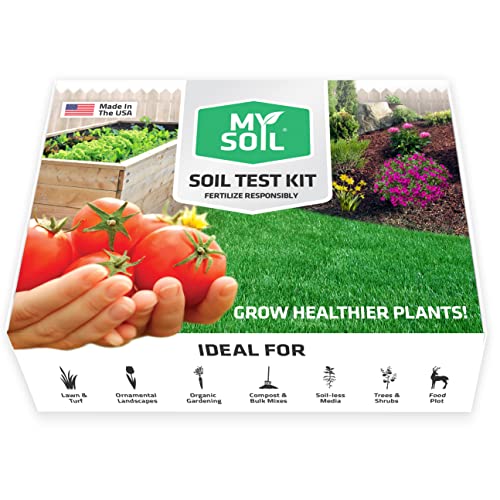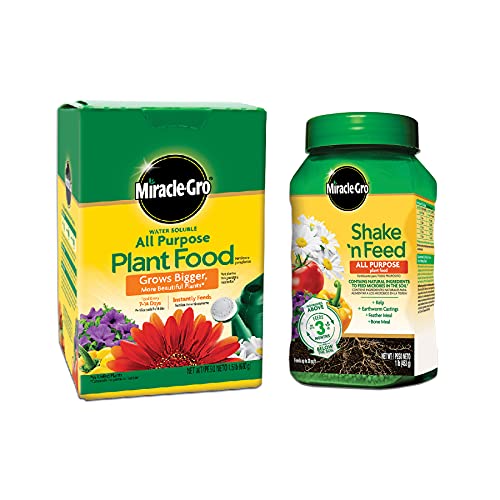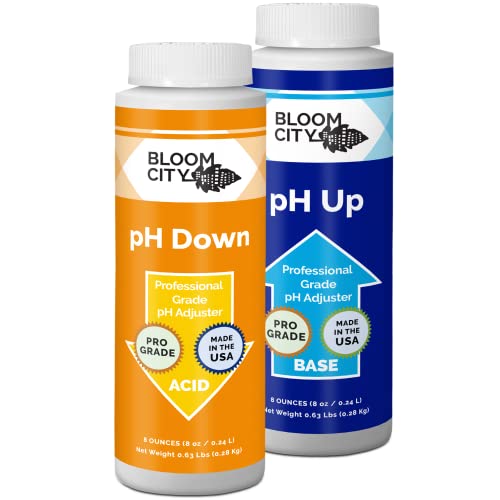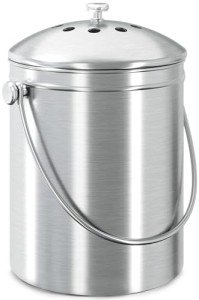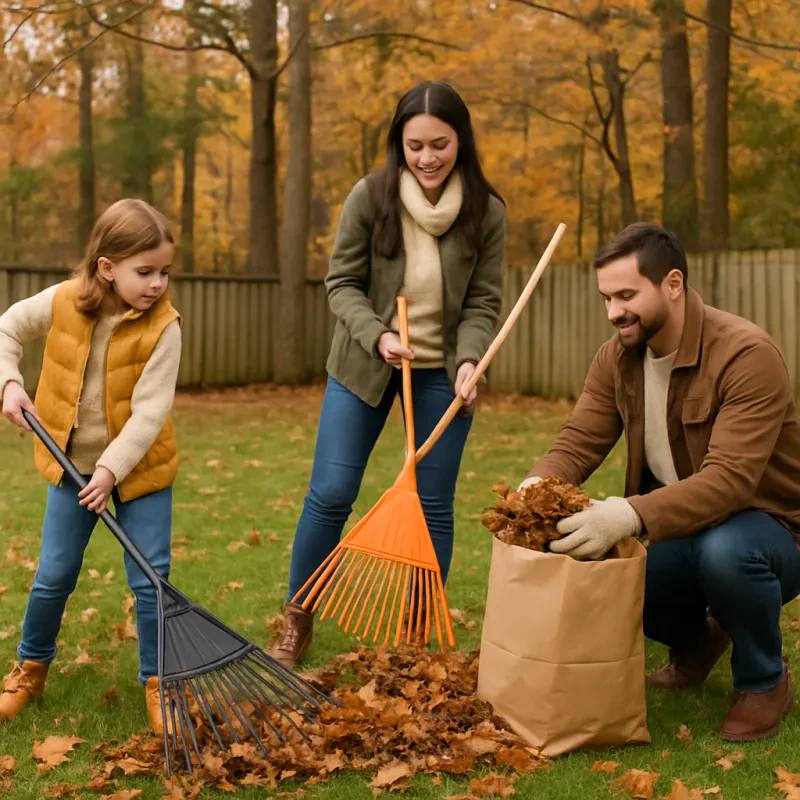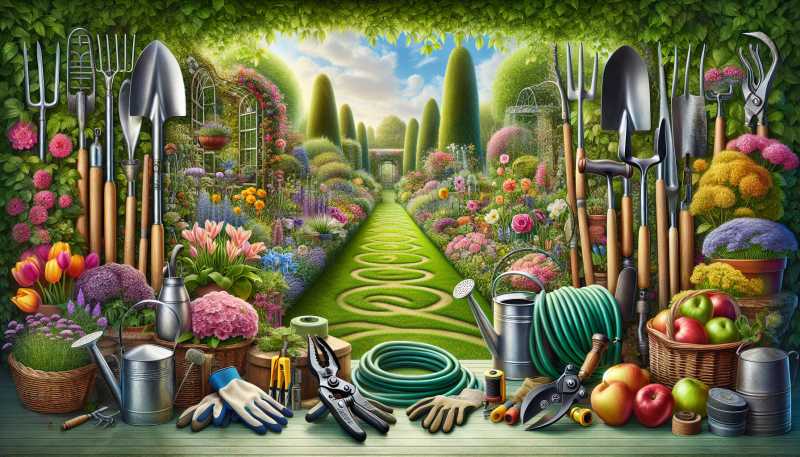Starting an outdoor garden can be an incredibly rewarding venture. Whether you’re looking to grow fresh vegetables, vibrant flowers, or simply beautify your outdoor space, gardening allows you to connect with nature while creating something uniquely your own. We'll cover from choosing the perfect location to preparing the soil and selecting the right plants. Each step in the process lays the foundation for a thriving garden. In this article, we’ll walk you through the essentials to help you get started on your gardening journey. Let’s dig in and watch your garden dreams bloom!
Preparing for the Garden
Choosing the location
Choosing the right location for your garden is a big step in how to start an outdoor garden. The spot you pick can really make a difference in how well your plants grow. Look for a place that gets plenty of sunlight—most vegetables and flowers thrive with about 6 to 8 hours of direct sun each day. If your chosen area is a bit shady, don’t worry! You can still grow shade-loving plants.
Access to water
Next, think about water access. Having a nearby water source makes it easier to keep your plants hydrated, especially during hot, dry spells. You don’t want to be dragging heavy hoses across the yard every time your plants need a drink! If you can, pick a location where rainwater tends to gather, as it can keep your garden damp without much effort from you.
Soil quality
Soil quality is another important factor. Check if the ground is loose and crumbly, which is great for plant roots, or hard and compacted, which may need some work. You can also consider building raised garden beds if the native soil isn’t great. They’re easy to maintain and can improve drainage, giving your plants a better chance to thrive.
Accessibility
Finally, think about accessibility. You’ll want a spot that’s easy to reach for planting, weeding, and harvesting. Preferably, it should be close enough to your house so you can enjoy your time in the garden without feeling far from home. All these factors come together when deciding how to start an outdoor garden. Happy gardening!
Select Easy-to-Grow Plants for Beginners
If you’re wondering how to start an outdoor garden, choosing the right plants can make all the difference, especially for beginners. Picking easy-to-grow plants means more success and less stress. Plus, it gives you the confidence to keep expanding your garden as you get the hang of things.
Here are a few great options to consider:
- Tomatoes: These are a favorite for many. They're pretty forgiving and can thrive in various conditions. Just make sure they get plenty of sunlight!
- Lettuce: Fast-growing and perfect for quick harvests. You can even grow it in containers if space is tight.
- Radishes: Super quick to sprout and they don't take much care at all. You can enjoy them in salads within just a few weeks!
- Marigolds: Not just pretty to look at, they help keep pests away from your veggies. Plus, they’re super easy to grow!
When deciding which plants to start with, think about your favorite veggies and flowers. It’s always more fun to grow what you love to eat or see in your yard. And remember to check the growing conditions for each plant—some like it warm, while others prefer cooler weather. This is a key step in how to start an outdoor garden successfully!
Lastly, don’t forget to have fun and experiment! Gardening is as much about enjoyment as it is about the end product. Try a few different plants and see what works best in your space. You might just discover a new favorite along the way!
Prepare Your Soil for Healthy Growth
Getting your soil ready is one of the first steps in learning how to start an outdoor garden. Healthy soil is the backbone of any garden, providing nutrients and support for your plants. Here’s how to make sure your soil is primed for growth.
Test soil
First things first, you want to test your soil. This might sound fancy, but it’s super easy! You can buy a simple soil test kit online or at your local garden center. This test will tell you what nutrients your soil has and what it might be missing. Knowing this helps you decide what amendments are needed, like compost or fertilizers.
Clear the area
Next, it’s time to clear the area. Remove any weeds, rocks, or debris. Weeds are like uninvited guests; they take nutrients and water from your plants. Use a shovel or hoe to dig up those pesky weeds and break up hard clumps of soil. This will give your garden a clean start!
Add organic matter
Once the area is clear, it's all about enriching your soil. Adding organic matter, like compost or well-rotted manure, improves soil structure, drainage, and fertility. Spread a few inches of compost over your soil and mix it in well. Not only does this provide nutrients, but it also encourages beneficial microorganisms to thrive.
Soil aeration
Finally, don’t forget to aerate your soil! This simply means poking holes into it to allow air and water to penetrate. You can use a garden fork or a specialized aeration tool for this. Aeration is key for plant roots to grow strong and healthy. Now you’re all set, and you're on your way to mastering how to start an outdoor garden!
For additional information on garden soil, see our article: Improve soil quality for happier plants
Watering Tips for a Thriving Garden
When you're figuring out how to start an outdoor garden, one of the most important things to keep in mind is watering your plants. They need just the right amount of moisture to thrive, but you don’t want to overdo it either. Here are some easy tips to help you get the watering just right.
When to water
First off, timing matters! Watering early in the morning or late in the afternoon is best. This helps reduce evaporation and gives plants a chance to soak up the moisture they need. If you water during the heat of the day, a lot of that precious water just vanishes into the air.
Check soil moisture
Always check the soil before you water. Stick your finger about an inch into the soil. If it feels dry, it’s time to water. If it's still moist, wait a bit longer. This simple trick can prevent overwatering and ensure your plants are happy.
Other tips
- Consider using a soaker hose or drip irrigation, which can deliver water directly to the roots.
- Mulching around your plants can help retain moisture in the soil.
- Pay attention to local weather conditions; if it’s been rainy, you can skip watering that week.
Remember, each type of plant has its own preferences for water. Some like a drink daily, while others prefer to dry out a bit between waterings. Researching your specific plants will pay off big time as you learn how to start an outdoor garden that flourishes.

